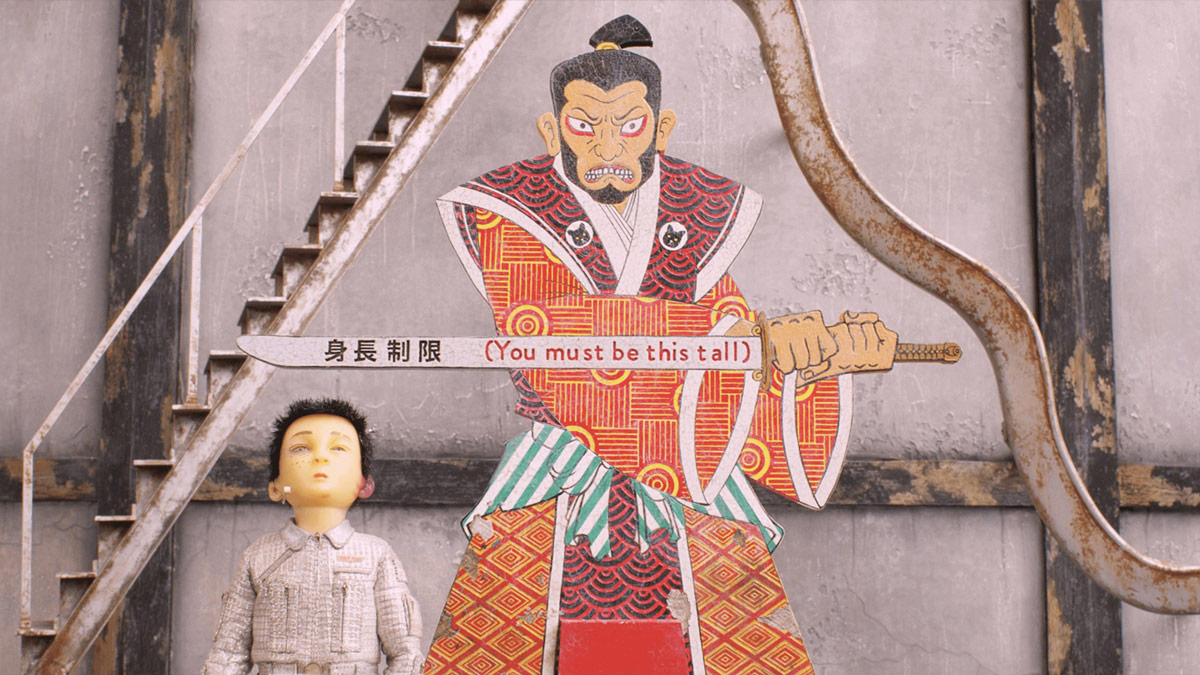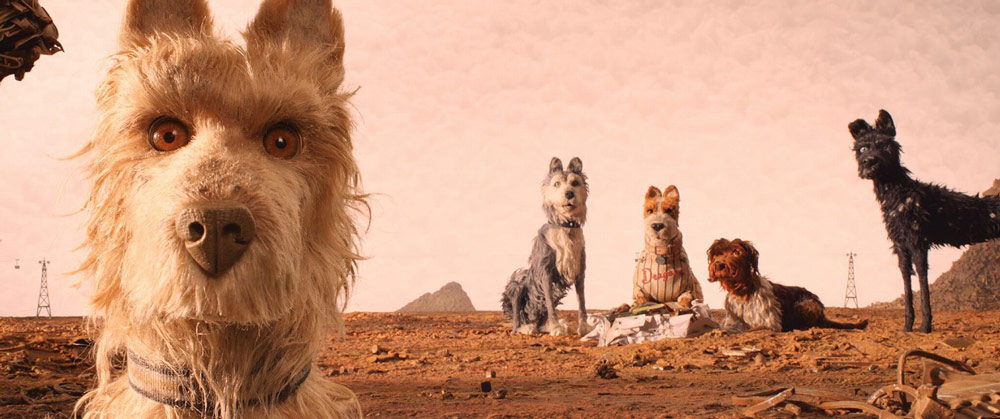
©2018 Twentieth Century Fox Film Corporation
``Isle of Dogs'' A fusion of Wes Anderson's play and Japanese storytelling
2018.06.06
“Isle of Dogs” synopsis
Japan in the near future. In Megasaki City, where canine influenza is prevalent, Mayor Kobayashi banishes all dogs to "Isle of Dogs" out of fear of infecting humans. One day, a 12-year-old boy boarded a small plane by himself and landed on the island. Atari is an orphan and the mayor's adopted son who came to save his dog and best friend, Spots. With five brave and kind-hearted dogs he met on the island as new companions, Atari begins exploring Spots and gets closer to the conspiracy of adults that will determine the future of Megasaki.
Index
- ``Isle of Dogs'' that Japanese people sympathize with and Wes Anderson's playwriting method
- Story types of “Seven Samurai” and “Momotaro”
- Some historical facts brought to mind by the dog isolation policy
- The essence of “Hachiko Monogatari” and “Antarctic Story”
``Isle of Dogs'' that Japanese people sympathize with and Wes Anderson's playwriting method
Wes Anderson's ``Isle of Dogs'' is a movie that resonates with Japanese people. It's not just because it's set in Japan. This is because both the visuals and the story are full of respect for Japanese culture and history (a phrase often uttered by the character Mayor Kobayashi).

“Isle of Dogs” ©2018 Twentieth Century Fox Film Corporation
In the previous article , I discussed Wes's artistry and Japonism (Japanese taste) mainly from the perspective of visuals. This time, we will explain why people feel so familiar with ``Isle of Dogs'' from the perspective of Wes's writing and the story type that is familiar to Japanese people.
Before we get into the story, let me point out the common writing characteristics of Wes' filmography. To put it simply, there are contradictory aspects: ``Independence-oriented (acting alone, lone wolf)'' versus ``bonds among friends,'' and ``the excitement and exhilaration of adventure'' versus ``the comfort of living in a community (family, pseudo-family).'' It's about building values into the story and making those conflicts the driving force of the story.

“Isle of Dogs” ©2018 Twentieth Century Fox Film Corporation
This may be a conflict between characters, or it may be depicted as a character's internal conflict. Through this, the characters (or animals) grow, and the trials and turmoil come to an end. However, it is also characteristic that one of these conflicting values is not completely denied, but instead is resolved while both are included.
Story types of “Seven Samurai” and “Momotaro”

